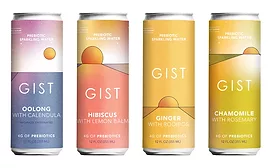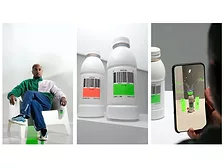R&D Features
Beverage R&D Feature
Natural colors shine through in beverage formulations
Formulators rely on arsenal of clean-label color options
October 27, 2021
R&D Feature
Consumers incorporate performance beverages into their everyday routines
Plant protein usage increases within performance beverages
September 29, 2021
Consumers investing in health with sugar reduction trends
Natural, less processed sweeteners driving beverage innovations
August 24, 2021
R&D Feature
Immune health drives beverage innovation
Functional ingredients impact formulation, flavor
July 30, 2021
R&D Feature
Clean-label formulation challenges beverage-makers
Clean ingredient sourcing, labeling clarity among hurdles
June 29, 2021
R&D Feature
New beverage development combines familiar, novel flavors
Health and wellness elevates better-for-you flavor profiles
May 18, 2021
Beverage R&D
Summer Olympics brings awareness to hydration, keeping bones, joints in top shape
Sports nutrition market due to reach $31B by 2025
March 26, 2021
R&D Feature
Ingredient suppliers expand arsenal of ‘sweet solutions’
Consumers seeking beverages with reduced added sugars and calories
March 10, 2021
R&D Feature
Cognitive, energy support sees increased interest from consumers
Beverages expand beyond traditional markets to deliver cognitive, energy support
January 28, 2021
Elevate your expertise in the beverage marketplace with unparalleled insights and connections.
Join thousands of beverage professionals today. Shouldn’t you know what they know?
JOIN NOW!Copyright ©2025. All Rights Reserved BNP Media.
Design, CMS, Hosting & Web Development :: ePublishing












